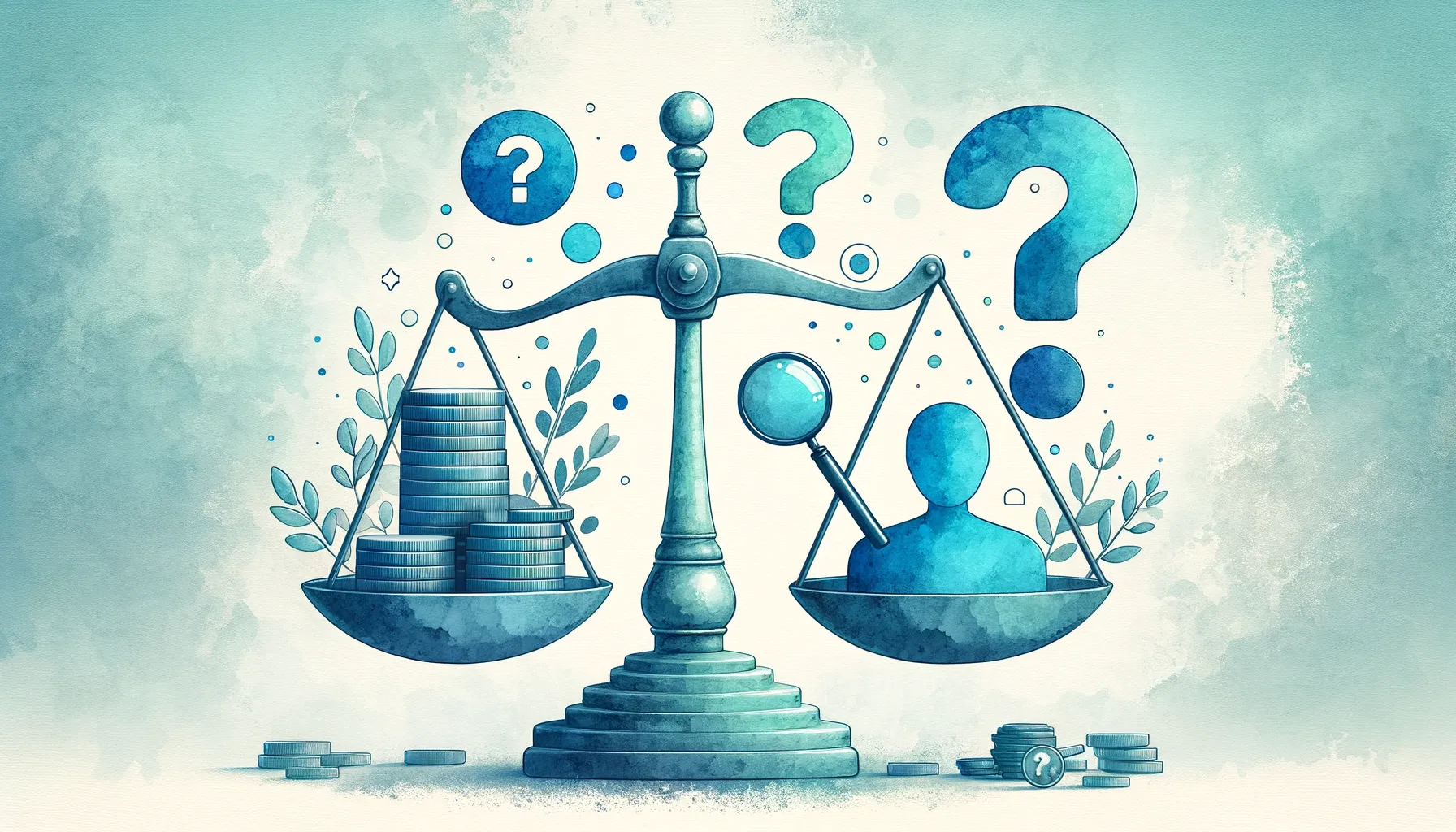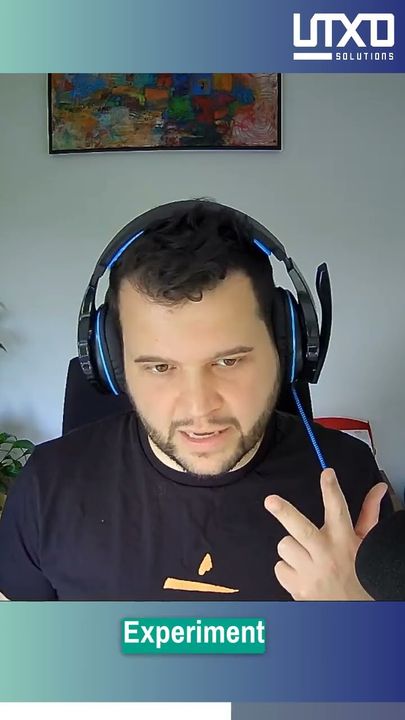
How much should I invest in user research?
Customer research is a crucial part of developing a new product. If you don’t know, what your customers want, you can’t build it. Even more, you won’t know, how to market and sell it or how to improve customer service later on. Thus, all the hard work you invested in the development is at risk. The biggest risk for every new product is rejection by the market. The same applies to existing products, that need to adapt to the market. But how much should you invest in customer research? What is a good number?
Think of customer research as a map and a compass. It guides your ship to the right destination. No matter how awesome the ship, without navigation, it won’t reach it’s destination.
But how much should you spend on customer research? A compass costs very little, even a good one. And even a full fledged ocean navigation system is way cheaper than the ship. But skipping the investment may cost you everything. So how much is the right amount?
Customer research investment metrics - value
As for any investment, the biggest metric for me is value. How much value does a successful customer research give you? How much more will you gain, when you truly hit the market? The higher the value, the more you can invest. Notice that I say can, not must. My favorite definition for value comes from Alex Hormozi and is his value formula:
Value = (Dream Outcome X Percieved Likelihood of Achievement) / (Time delay X effort and sacrifice)
Where:
- Dream Outcome: What I want. In this case to know, how to build a successful product.
- Perceived Likelihood of Achievement: “perceived” is a keyword here. What I believe to be true is what counts.
- Time Delay: How long will it take? Especially important, if you want to do the research before starting the development.
- Effort and Sacrifice: What do I have to do? Not pay, but do.
- Value: How much I’m willing to pay.
The biggest thing in this to me is percieved likelihood of achievement. You can do a customer survey. It is cheap, fast and very little effort. But it won’t help you much with building a successful product. People don’t act like they say they will. A jobs to be done customer research sprint takes a bit longer, is a bit more effort and will cost you a bit more. But it has a high likelihood of achievement. However, it is about your perception. If you believe in surveys or personas, go for it.
Customer research investment metrics - rule of ten
The dream outcome sets the indication for the investment. I go by the rule of ten in this. It is a common and well proven project management rule. It basically states, that the costs of making changes increase by 10x with every phase. Changing the idea is cheaper then changing the design. Rebuilding the minimum viable product is way cheaper then for the finished product. And reinventing an existing product is usually to expensive to be done at all. Structure build on errors causes costs in correction.
Depending on the product, these phases are:
- Idea
- Concept
- Validation
- Development
- Run
Customer research is part of the validation phase. You have assumptions about your customers and validate or falsify them. Even more important: You find your unknown unknowns and learn your customers decision patterns. You could argue, that concept should be after validation. But we usually have the concept in mind, right after the idea has come to life. It isn’t detailed and validated yet, but that comes in validation. Validation should give you clear direction to work with and a refined concept.
If you will invest 500.000€ in the development of your product, plan 50.000€ for customer research. If you don’t know, how much development costs you will have, think about how much lifetime revenue you want to make with the product. Development is usually between 20% and 90% of that. Automotive and consumer goods are less, tech and pharma more. Remember that development isn’t just engineering or software development. You have to develop marketing, sales, production, customer service and so on.
But what about market complexity and my own knowledge?
Personally, I consider myself a rationalist. My presumption is always, that I may be wrong. And that if I am wrong, I may be sure to be right. So even when I am sure, I have to question myself. Therefore, assuming to know your customer and knowing your customer are not the same to me. I would rather know than assume.
Market complexity is difficult to judge. Some markets appear complex, but are rather easy. Some are the other way around. I know someone, who sells analytics-software to pharma CEOs. They cost multiple million euros per year. You would think, that this is a complex market. And yet, it is in parts very simple. The main decision element is, whether the CEO has been told by a trusted peer, that the product is great. On the other hand, selling coffee seems easy, yet isn’t. It’s a low price everyday item. We don’t think much about, what coffee we buy and why. This makes the whole decision pattern weird and complex.
Most of our customers are surprised after doing customer research with us. Most assumptions have been wrong and the assumed decision complexity as well. Better check according to the value parameter. Skipping customer research because you assume knowledge or low market complexity seems not worth the risk.
Where do I get the most bang for the buck?
No one want’s to spend more then necessary. And while it’s smart to invest in customer research, it is also smart to invest wise. When it comes to customer research, there are two main categories:
- Quantitative
- Qualitative
There are many definitions of what they are. My favorite is:
- Quantitative are few data points from many individuals.
- Qualitative are many data points from few individuals.
They both have their effective domains. Quantitative is good, if you want to learn about a simple pattern across many people. Like statistics. Qualitative is good, if you want to understand the full pattern across a few. In customer research, we need to understand the full decision pattern. At the same time, we don’t care, if everyone thinks and acts that way. Those that do are our customers. We build for them, not for everyone. That’s why qualitative is usually more suited.
You can of course combine both of them, qualitative and quantitative. One is with many data points from many individuals. This is either called big data or deep and large scientific studies. The other is by stacking statistical dimensions on top of each other. The so called Taguchi method enables statistical relevance from small datasets. Both are great, but the last one is way more affordable.
This means, that you get the most for your money, when doing qualitative customer research. You can combine both, but you usually don’t need it.
So where do I start?
The start is always understanding where you are. Just like with the ship. You can’t sail somewhere, when you don’t know where you are. How much difference is it for you between having a successful product and one that fails? This defines your demand. Where are you in your product development process? And how much will you invest in the future? This defines your state. And how good is your data on your customer? This defines your supply. Check and adjust accordingly.
If you already developed a product and it works, even without customer research, great. You got a lucky hit. If you are in development, check how much you invested in customer research. If you didn’t so far, chances are high, that you overestimate the knowledge about your customer. Make sure you don’t. Being your customer persona doesn’t make you understand your customer. We are bad at understanding our own decision patterns.
Everyone is smart. Some in foresight, some in hindsight. Choose your side.






